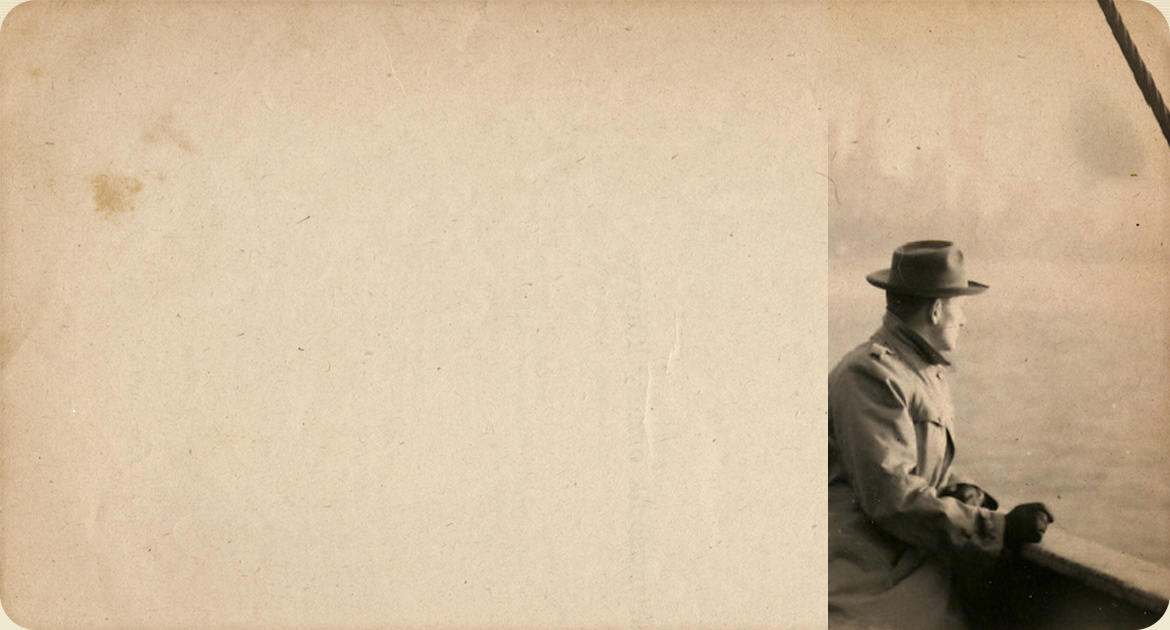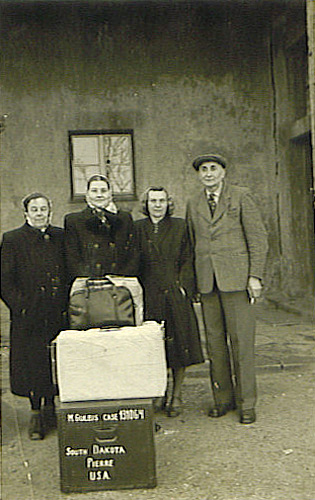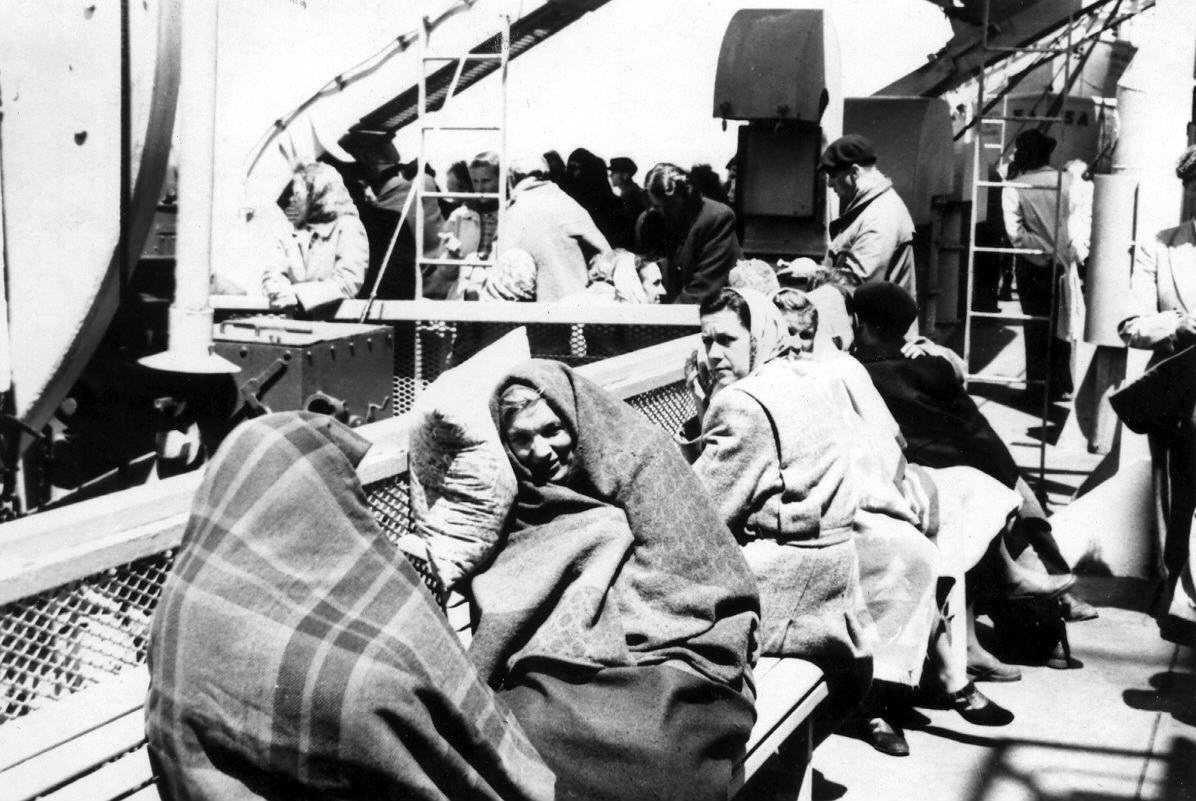Dieva Putniņi





Refugees eventually had opportunities to leave Germany, to start afresh. The IRO was recruiting workers for other countries and the first opportunity for emigration was form men to go to England to work on farms or in mines. The number of emigrants increased steadily, reaching its culmination point in the late 1940s. Refugees emigrated to America, Australia, Canada and elsewhere.
Not all refugees had equal emigration opportunities. Each country had its own demands: the personís health, family situation, and war history all influenced their chances to get away from the camp and find a new home. In some cases families had to part because of immigration rules. The process of emigration involved many health tests, documents, guarantor and sponsor searches etc. Families that obtained permission to emigrate packed their bags, farewelled their friends and went to transit camps in Bremerhaven, Fallingbostel or elsewhere to await their ship to the “promised land”.
Then life in exile started. People adjusted to their new surroundings differently ósome kept together with other Latvians and created organizations and societies to maintain their culture. DP camps had created the basis for the Latvian exile communityís political and cultural activities. Others tried as soon as possible to embrace the local community and forget the past with its problems of war and refuge.


Photo from Maiga Friess
ID 963
Nurse training courses



Photo from Edgars Zariņš jun.
ID 304
Engineer Edgars Zariņš learning bricklaying

"In the camp there were rumours that new immigrants to America could only get jobs as tradesmen.... In this picture my father, an engineer, is learning bricklaying. He never worked in this trade on arriving in America, but certainly experienced sweeping factory floors "
Edgars Zariņš jun.


ID 2092
DP medical exam



Photo from Ausma Tuims Wilson
ID 1841
Submitting documents before emigration



Photo from Gunārs Čukurs
ID 1004
the last ball in Europe



Photo from Māra Siksna
ID 87
The Freidenfeld family before parting with their grandparents

"Even though the rest of us in the photo are smiling, it seems that grandfather is the only one who suspects that soon we would be parted for life"
Māra Siknsa


Photo from Rita Petričeka
ID 653
Pēdējā diena Neištatē



Photo from Nora Plostniece
ID 2063
Farewell



Photo from Ārija Gulbis Saleda
ID 1460
MIlda Gulbis emigrates to America



Photo from Zigrīda Francis
ID 1643
The Lindemanis and Kūls families leaving



Photo from Edgars Zariņš jun.
ID 798
Travelling to America

"Despondence at the prospect of not returning to Latvia was replaced by the hopes for a new life in America. DPs enjoyed the sunny, calm days breathing in fresh air on the deck of the ship."
Edgars Zariņš jun.


Photo from Geņnis Zelčs
ID 812
The first view of New York's skyscrapers

"When I took my first steps on American soil, I was overcome with such a feeling of freedom. And I realised that now I am truly as free as a bird. That feeling can't be described in words"
Genis Zelčs